The head of the West Sumatra Search and Rescue Agency, Abdul Malik, said the bodies of 11 climbers had been found earlier in the day but efforts to retrieve them had been hampered by the new activity. He added that the search would resume when conditions improved.
A video released by the agency showed rescuers evacuating an injured climber on a stretcher off the mountain and into a waiting ambulance to take him to hospital.
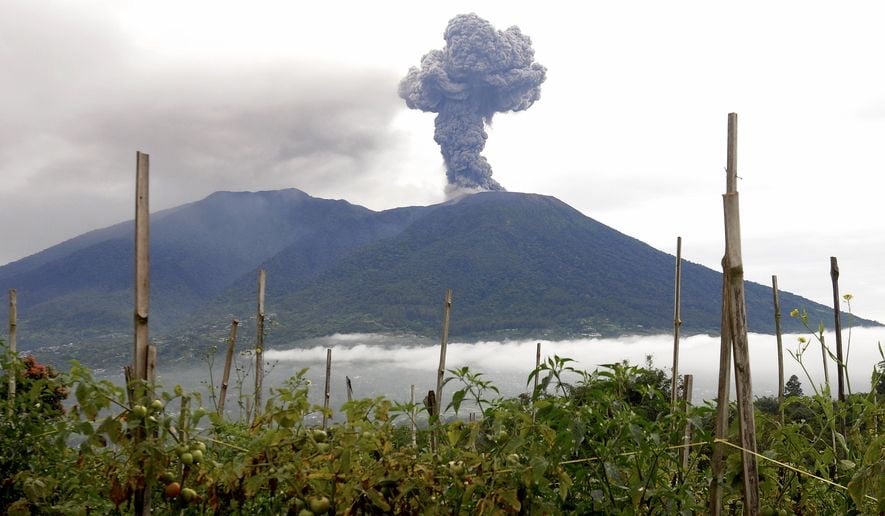
Indonesia's Marapi volcano erupts. Photo: AP
The volcano has been at the third highest of four alert levels since 2011, meaning above-normal volcanic activity, and climbers and villagers are banned from approaching within 3 km of the peak, said Hendra Gunawan, head of the country's Volcanology Center.
“This means that climbing to the top of the mountain is not allowed, but sometimes many of them have violated the rules to satisfy their need to climb further,” Gunawan said.
About 75 climbers who set out on the nearly 2,900-meter (9,200-foot) mountain on Saturday became trapped. Authorities have rescued 52, including three on Monday. Hari Agustian, an official with the local Search and Rescue Agency in Padang, the capital of West Sumatra province, said eight of those rescued Sunday were taken to hospital with burns and one had a broken limb.
Agustian said all the climbers had registered at two base camps or online through the West Sumatra conservation agency before they continued their climb. When asked about the total number of people who might be trapped, he said it was impossible to confirm because some might have taken illegal routes to the mountain and there might also be villagers in the area.
Marapi spewed thick columns of ash up to 3,000 meters high in Sunday's eruption, with hot ash clouds spreading several kilometers. Nearby villages and towns were covered in tons of volcanic ash.
Ash fell on some villages and blocked sunlight, and authorities distributed face masks and urged people to wear glasses to protect them from volcanic ash.
About 1,400 people live on the slopes of Mount Marapi in Rubai and Gobah Cumantiang, the nearest villages about 5 to 6 km from the summit.
Gunawan said Marapi has been erupting regularly since 2004, with intervals of two to four years. “Marapi’s eruptions are always sudden and difficult to detect with instruments because the eruption source is close to the surface. This eruption is not caused by magma movement,” he said.
Marapi is one of more than 120 active volcanoes in Indonesia, which is prone to seismic activity due to its location on the Pacific “Ring of Fire,” an arc of volcanoes and fault lines encircling the Pacific Ocean basin.
Mai Anh (according to CNA)
Source





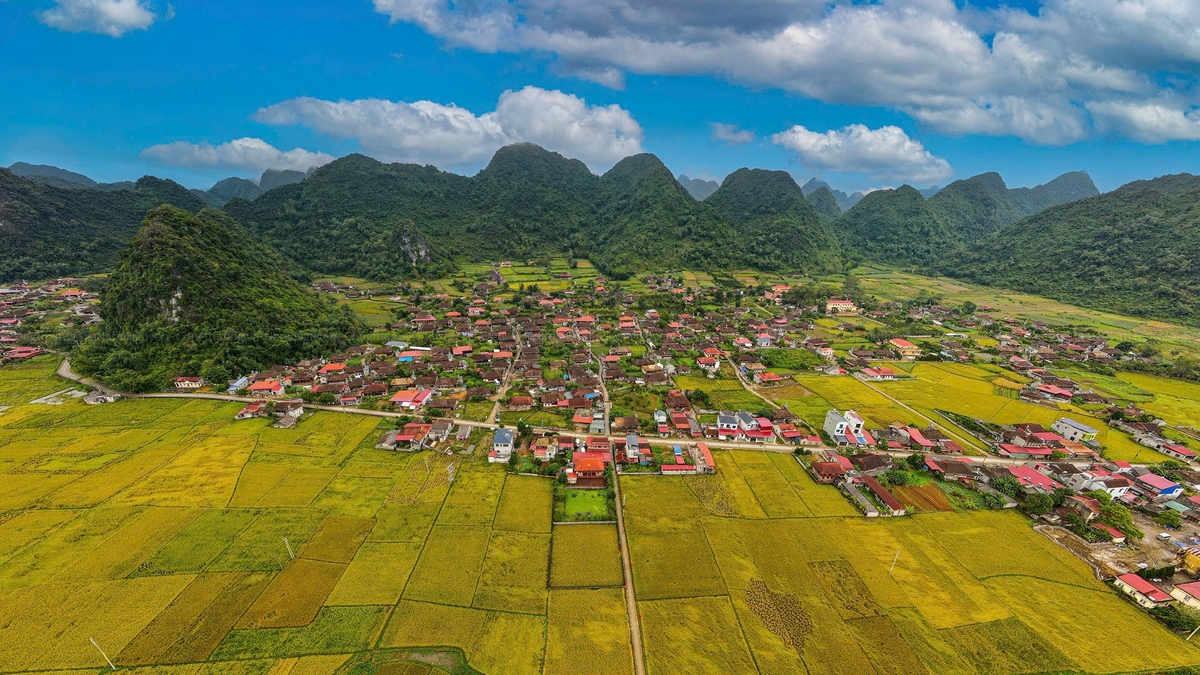
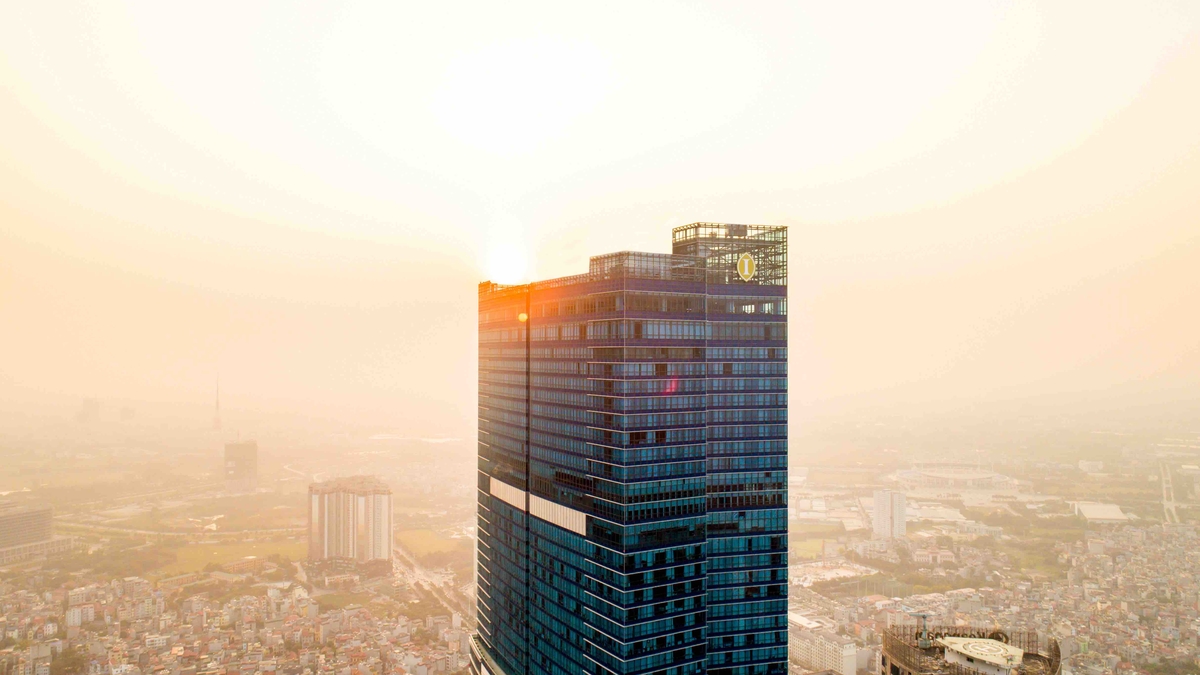
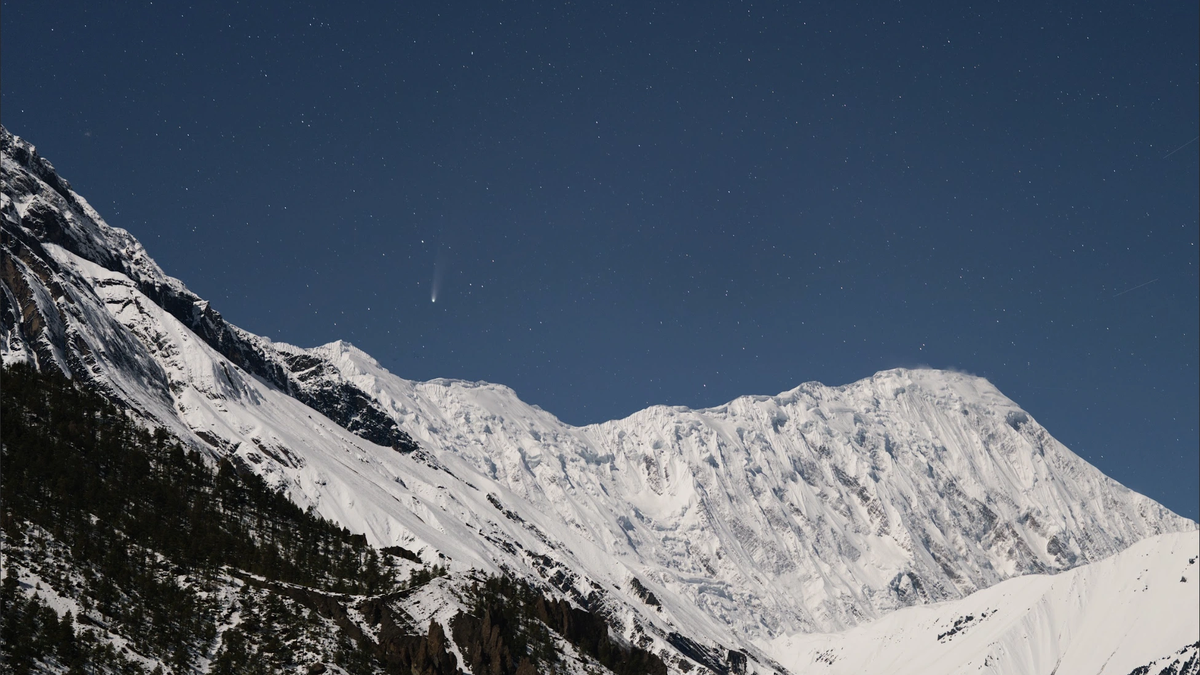




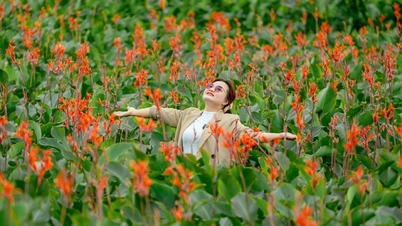


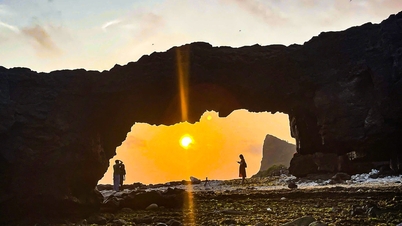

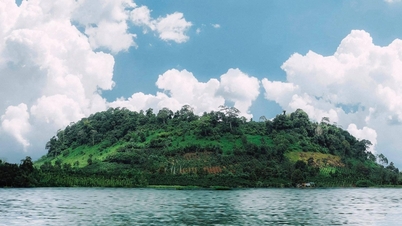















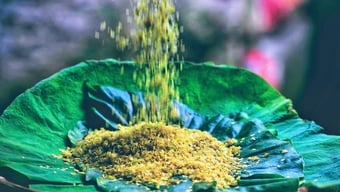

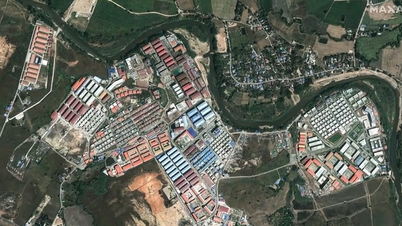








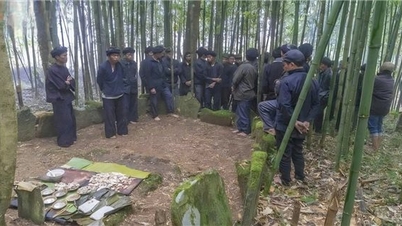










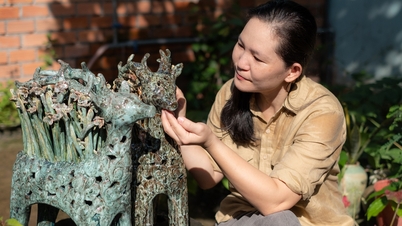





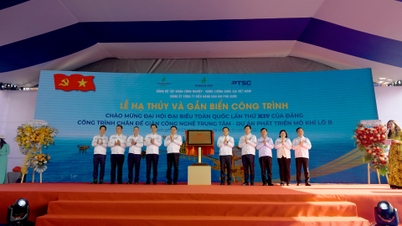


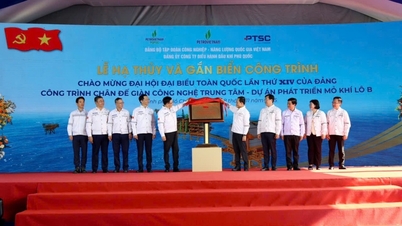















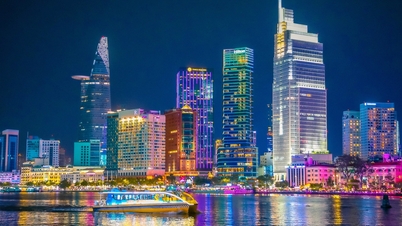


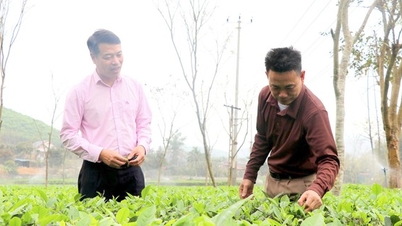
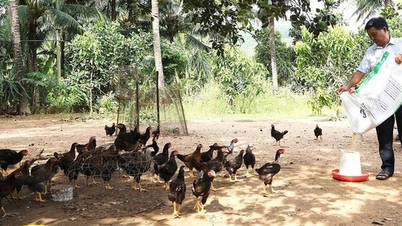



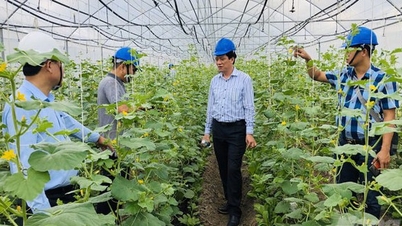




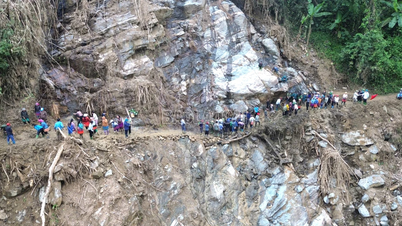

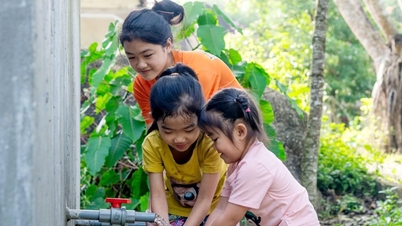



![Dong Nai OCOP transition: [Article 3] Linking tourism with OCOP product consumption](https://vphoto.vietnam.vn/thumb/402x226/vietnam/resource/IMAGE/2025/11/10/1762739199309_1324-2740-7_n-162543_981.jpeg)












Comment (0)